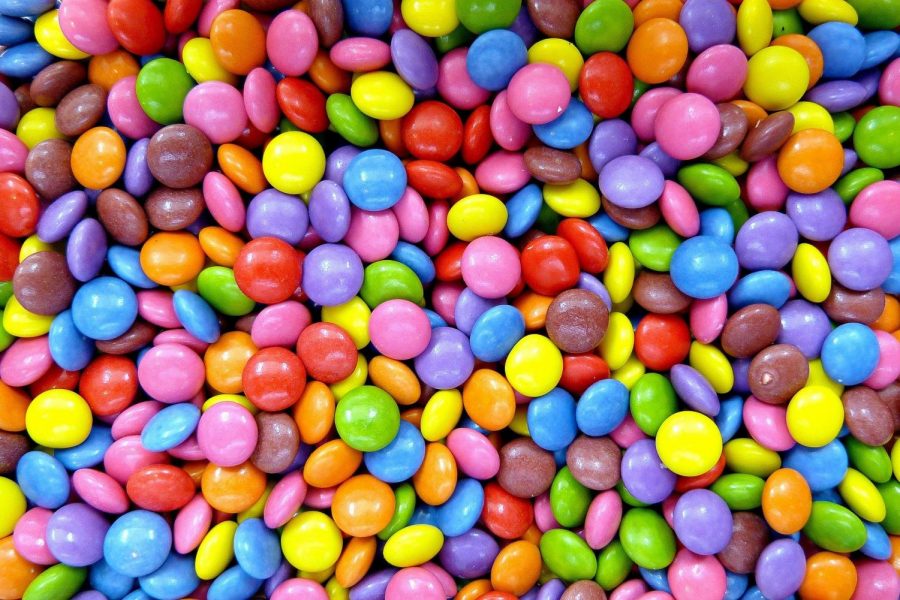Skittles are better than M&M’s in a variety of ways. Skittles as a candy are more hardy and rugged than your average M&M. Have you ever gone camping and brought along trail mix that is said to include “M&M’s”? You will soon find that throughout your long, arduous journey your M&M’s will have broken and turned to a melted sticky mess built for ants. This is one of many faults that come with every purchase of M&M’s.
On top of the obvious design flaws in their structural makeup, there comes the topic of where each company sources their ingredients for their various products. While the Wrigley Company, creator of Skittles, sources all of their natural ingredients straight from the rainbow, Nestle sources their “beans” for their chocolate on the backs of small communities and leafy cocoa plantations.
The Wrigley Company, proud owners of the Skittles brand, creates their product by going to a small beach in the tropics and on this beach they employ a man. This man is the only person capable of milking the rare rainbow eating giraffe to produce Skittles [2]. Through this process it is said you are able to “taste the rainbow” in every bite of their product.
Found Deep in the sub-Saharan African Republic of Cote d’Ivoire — the Ivory Coast — is the cocoa-producing capital of the world. Every M&M has a beginning and this is where it starts. “The beans extracted from cocoa pods, picked off by machete-wielding farmers before being fermented in a banana-leaf bed and dried out in a weeks-long process, are the Ivorian economy’s biggest resource and export.” [1]. This is how cacao production is presented to the world but in actuality the cacao industry has a long and accepted history of practicing child labor and dangerous working conditions.
According to the U.S. Department of Labor, as of today 2 million children are engaged in hazardous work on cocoa farms in Cote d’Ivoire and Ghana with more than half reporting being injured by their work [3]. Due to the cocoa plant being a commodity crop in the region grown primarily for export; 60% of the Ivory Coast’s export revenue comes from cocoa production. This profitability drives production while also demanding ever cheaper labor. On average, cocoa farmers earn less than $2 per day. This leads to an increase to the use of child labor as a way to keep prices competitive. Often surrounded by intense poverty and the need to work young to provide for families these areas are rife with traffickers many children are bought and sold into slavery[4].
These are just a few examples of why Skittles are better than M&M’s. It is up to the consumer to decide whether or not these are reasons good enough to change their spending habits and change where their products come from.





